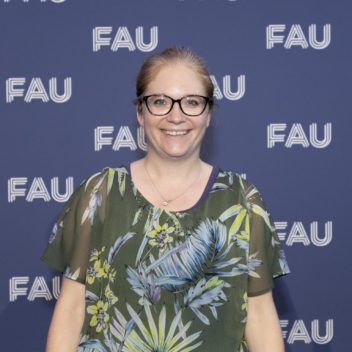Nanoparticle processing: A scale-bridging approach for sustainable technologies
In conclusion, the investigations performed at FAU from 2013 to 2018 significantly improved our understanding how scalable processes for ultra-small, sub-20 nm colloids can be established by knowledge-based design. This is of utmost importance as grand environmental and societal challenges, e.g., air and water purification as well as CO2 neutral energy conversion and storage, are all facing either nanoparticulate contaminants (undesired) or active materials (desired). Thus, technologies that emerge from processing via the particle level, based on information gained on the molecular scale must be established. By this thesis, all three aspects were approached together with the development of important methods like high throughput experimentation and automation, prior finally two application examples covering air cleaning and water purification were studied in detail. Besides carbon black, noble metals, silica, titania and perovskites, in particular quantum dots were used as technically relevant model system. This is because on the one hand, with typical sizes below 10 nm, usually even below 5 nm, they are strongly interface-dominated systems. On the other hand, strongly pronounced structure-property relationships do exist, i.e. smallest changes in the particle size distribution have tremendous effect on the optical product properties like absorbance and emission. Although still a lot of open questions on all three levels (process, particle and molecular scale) do exist, the performed works are the starting point for the development of continuous processes for particle formation (nucleation, growth, ripening) and post-processing (separation, classification, agglomeration, dispersion, formulation). This is currently being followed, for instance, in the context of energy applications at the University of Duisburg-Essen (fuel cells, electrolyser, batteries) and within CRC 1411 together with colleagues from FAU on supraparticles made of quantum dots with tailored emission (solar cells, LEDs).
Vita
zur Vita von Prof. Dr. Doris Segets
alle FAU Awards


Nanoparticle processing: A scale-bridging approach for sustainable technologies
In conclusion, the investigations performed at FAU from 2013 to 2018 significantly improved our understanding how scalable processes for ultra-small, sub-20 nm colloids can be established by knowledge-based design. This is of utmost importance as grand environmental and societal challenges, e.g., air and water purification as well as CO2 neutral energy conversion and storage, are all facing either nanoparticulate contaminants (undesired) or active materials (desired). Thus, technologies that emerge from processing via the particle level, based on information gained on the molecular scale must be established. By this thesis, all three aspects were approached together with the development of important methods like high throughput experimentation and automation, prior finally two application examples covering air cleaning and water purification were studied in detail. Besides carbon black, noble metals, silica, titania and perovskites, in particular quantum dots were used as technically relevant model system. This is because on the one hand, with typical sizes below 10 nm, usually even below 5 nm, they are strongly interface-dominated systems. On the other hand, strongly pronounced structure-property relationships do exist, i.e. smallest changes in the particle size distribution have tremendous effect on the optical product properties like absorbance and emission. Although still a lot of open questions on all three levels (process, particle and molecular scale) do exist, the performed works are the starting point for the development of continuous processes for particle formation (nucleation, growth, ripening) and post-processing (separation, classification, agglomeration, dispersion, formulation). This is currently being followed, for instance, in the context of energy applications at the University of Duisburg-Essen (fuel cells, electrolyser, batteries) and within CRC 1411 together with colleagues from FAU on supraparticles made of quantum dots with tailored emission (solar cells, LEDs).
Vita
zur Vita von Prof. Dr. Doris Segets
alle FAU Awards